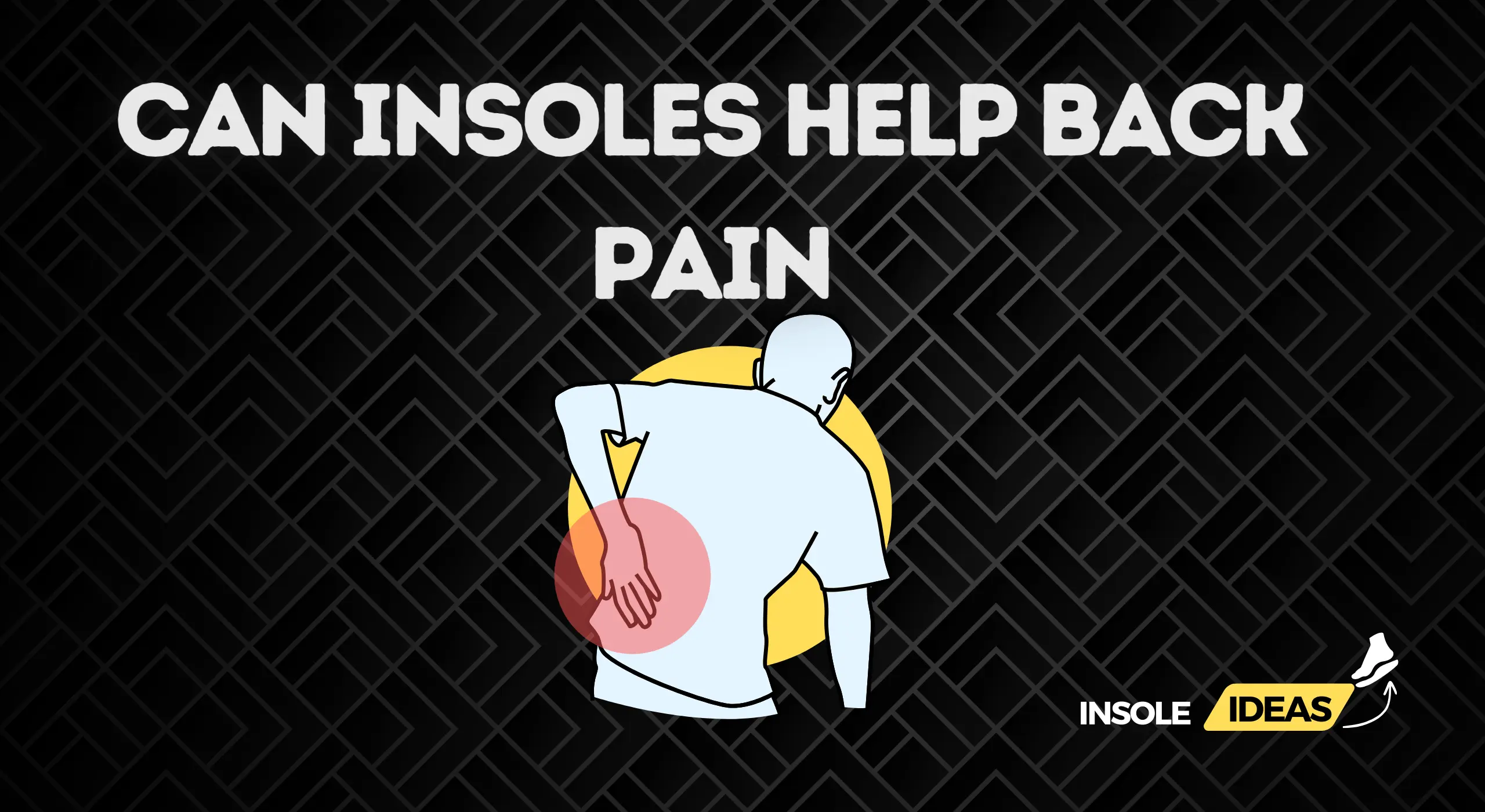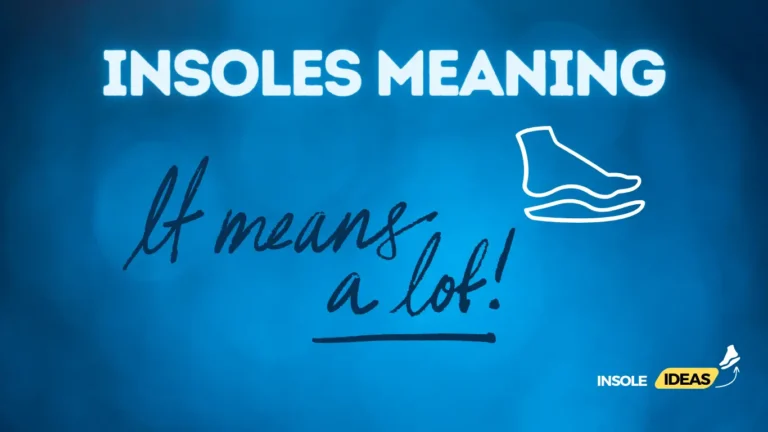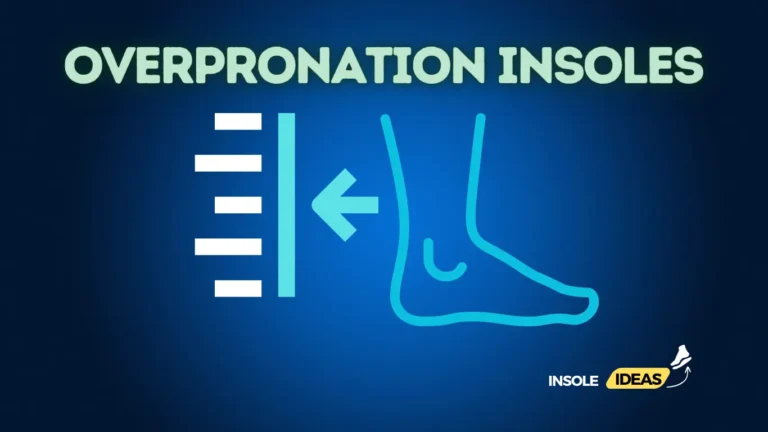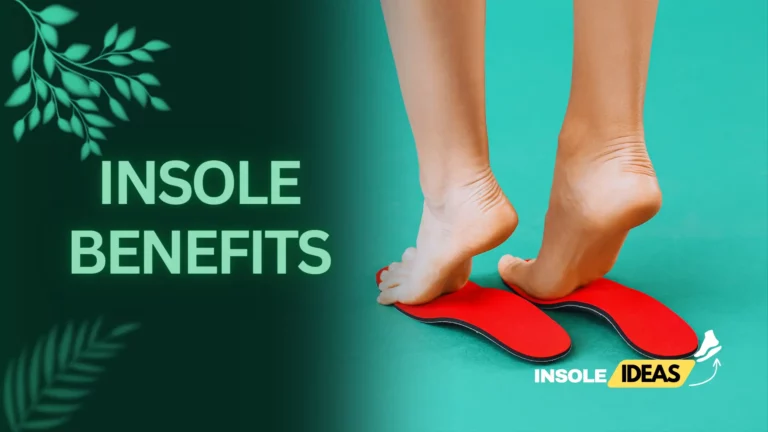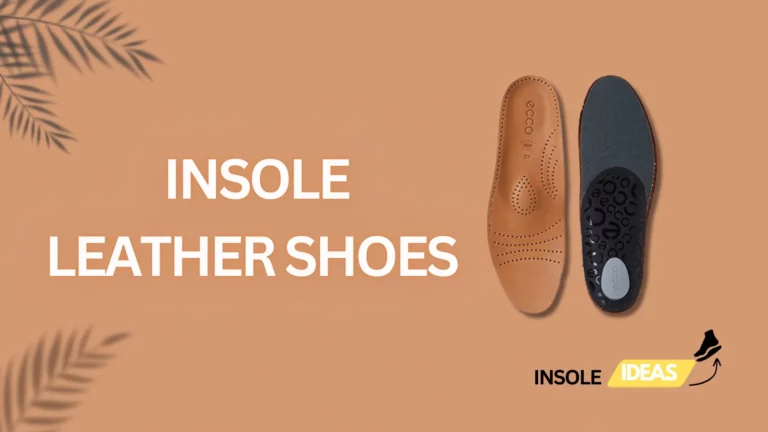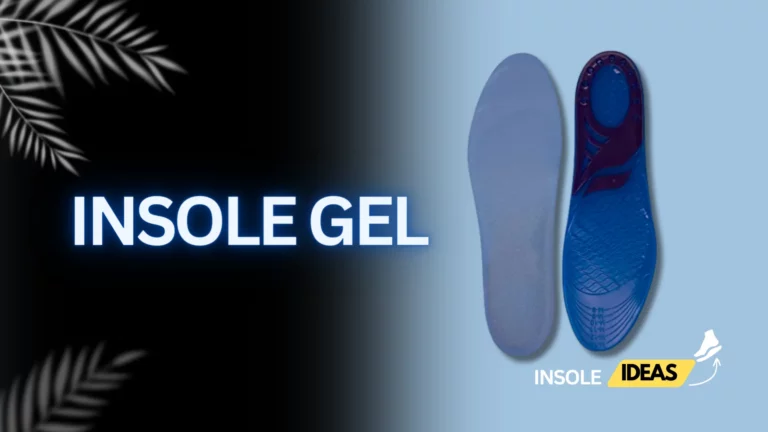can insoles help back pain
Explanation of Back Pain
Back pain is a common condition that affects millions of people worldwide. It can range from mild discomfort to severe, debilitating pain and can result from various factors such as muscle strain, poor posture, injuries, and underlying medical conditions.
Role of Insoles in Addressing Back Pain
Insoles play a crucial role in addressing back pain by providing support, cushioning, and alignment to the feet. They can help alleviate pressure on the spine and reduce discomfort associated with standing, walking, or engaging in physical activities.
Causes of Back Pain
Muscular Imbalances and Strain
Muscular imbalances, such as weak core muscles or tight hip flexors, can contribute to back pain. Additionally, sudden movements or overexertion during physical activities can cause muscle strain, leading to discomfort and pain in the back.
Poor Posture and Alignment
Poor posture, such as slouching or hunching over, can put extra stress on the spine and lead to back pain over time. Improper alignment of the spine due to factors like improper footwear or sitting habits can also contribute to back pain issues.
Degenerative Conditions and Injuries
Degenerative conditions like osteoarthritis, herniated discs, or spinal stenosis can cause chronic back pain. Similarly, injuries from accidents, falls, or sports-related activities can result in acute or chronic back pain depending on the severity of the injury.
Mechanism of Insoles in Alleviating Back Pain
Redistribution of Pressure and Weight
Insoles are designed to distribute pressure evenly across the foot, which can help reduce the load on the spine and lower back. By providing proper support to the arches and heels, insoles can prevent excessive stress on specific areas of the foot that can contribute to back pain.
Improving Posture and Alignment
Certain types of insoles, such as orthotic insoles, are designed to improve posture and alignment. By promoting a more natural foot position, these insoles can help align the spine correctly, reducing strain on the back muscles and supporting a healthier posture.
Cushioning and Shock Absorption
Insoles with adequate cushioning and shock absorption properties can absorb impact forces while walking or running. This can reduce the jarring effect on the spine and prevent micro-traumas that may lead to back pain over time.
These mechanisms collectively contribute to the effectiveness of insoles in alleviating back pain and improving overall spinal health.
Effectiveness of Insoles for Back Pain
Research Findings on the Effectiveness of Insoles
Numerous studies have investigated the effectiveness of insoles in managing back pain. Research suggests that properly designed insoles can significantly reduce pain intensity, improve spinal alignment, and enhance overall comfort during daily activities. Studies often compare different types of insoles and their impact on various back pain conditions, providing valuable insights into their efficacy.
Personal Testimonials and Experiences
Many individuals with back pain have reported positive experiences with using insoles. Personal testimonials often highlight how insoles have helped alleviate discomfort, enhance mobility, and improve quality of life. These firsthand accounts can serve as anecdotal evidence of the beneficial effects of using insoles for back pain management.
Types of Insoles for Back Pain
Arch-Support Insoles
Arch-support insoles are designed to provide additional support to the arch of the foot, which can indirectly benefit the alignment of the spine. By supporting the natural arch structure, these insoles help distribute body weight more evenly, reducing strain on the back muscles.
Orthotic Insoles
Orthotic insoles are custom-designed to address specific foot issues and provide tailored support. They can correct biomechanical abnormalities, improve foot function, and promote proper alignment of the spine. Orthotic insoles are often recommended for individuals with chronic back pain or related conditions.
Cushioned Insoles
Cushioned insoles focus on shock absorption and cushioning properties, which can reduce the impact on the feet and lower back during walking or standing. While they may not provide as much structural support as arch-support or orthotic insoles, cushioned insoles can offer comfort and relieve pressure on sensitive areas.
Recommendations and Best Practices
When to Consider Using Insoles for Back Pain
Insoles are recommended for individuals experiencing persistent or recurring back pain, especially if related to foot mechanics or posture issues. Consulting with a healthcare professional can help determine the appropriateness of using insoles based on individual circumstances.
Choosing the Right Type of Insoles
Selecting the right type of insoles involves considering factors such as foot arch type, specific back pain symptoms, and any existing foot conditions. Customized or specialized insoles may offer better outcomes for addressing unique needs compared to generic options.
Other Complementary Treatments or Preventive Measures
In addition to using insoles, individuals with back pain can benefit from incorporating other treatments or preventive measures. These may include regular exercise to strengthen core muscles, maintaining a healthy weight, practicing good posture habits, and seeking professional guidance for comprehensive back pain management.
Conclusion
Summary of the Role of Insoles in Alleviating Back Pain
Insoles play a valuable role in alleviating back pain by providing support, promoting proper alignment, and enhancing overall comfort. Their effectiveness varies based on individual needs and the type of insoles used, highlighting the importance of choosing appropriate footwear support.
Final Thoughts on Their Efficacy and Importance in Back Pain Management
Insoles serve as non-invasive and cost-effective options for managing back pain and improving daily functioning. While they may not be a standalone solution for all back pain cases, they can complement other therapies and lifestyle modifications for comprehensive pain relief and better spinal health.

